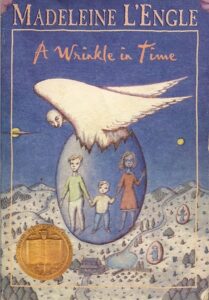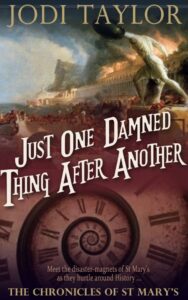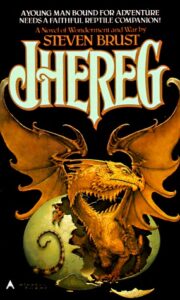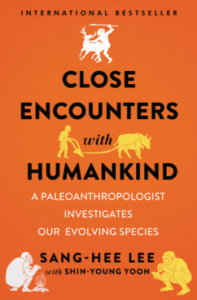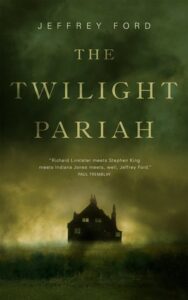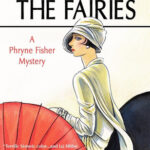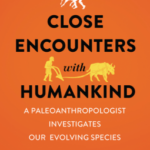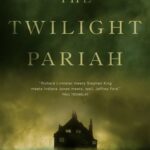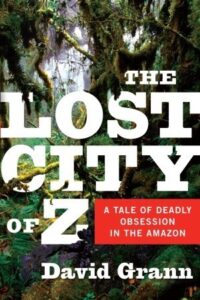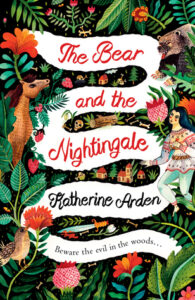The three ‘W’s are what are you reading now, what have you recently finished reading, and what are you going to read next, and you can find this week’s post at the host’s blog here if you want to check out other posts.
What are you currently reading?
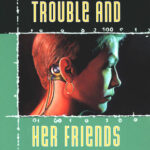 Most actively (the key words, with the way I stack up a bunch of currently-reading books!), it’s Trouble and Her Friends, by Melissa Scott, and Angel of Death, by Gareth Williams. The former is queer cyberpunk, and I’m having a lot of fun with it — it’s a little slow to unfold, but I read 25% when I should’ve been sleeping, so I’m gonna say it’s hooked me. Angel of Death is fascinating in other ways, of course, because it’s about the history and science of smallpox. I am learning a lot of things I didn’t know about it!
Most actively (the key words, with the way I stack up a bunch of currently-reading books!), it’s Trouble and Her Friends, by Melissa Scott, and Angel of Death, by Gareth Williams. The former is queer cyberpunk, and I’m having a lot of fun with it — it’s a little slow to unfold, but I read 25% when I should’ve been sleeping, so I’m gonna say it’s hooked me. Angel of Death is fascinating in other ways, of course, because it’s about the history and science of smallpox. I am learning a lot of things I didn’t know about it!
What have you recently finished reading?
 The last thing was a cultural history of rabies, Rabid, by Bill Wasik and Monica Murphy. It wasn’t quite what I was hoping for, because there was a lot of emphasis on the cultural stuff, like rabies’ relation to vampirism and werewolves. Still, there was some interesting stuff, especially about recent cases who actually recovered from rabies (which is normally considered 100% fatal in humans).
The last thing was a cultural history of rabies, Rabid, by Bill Wasik and Monica Murphy. It wasn’t quite what I was hoping for, because there was a lot of emphasis on the cultural stuff, like rabies’ relation to vampirism and werewolves. Still, there was some interesting stuff, especially about recent cases who actually recovered from rabies (which is normally considered 100% fatal in humans).
What will you read next?
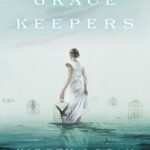 I started The Gracekeepers, by Kirsty Logan, at the weekend, and I want to pick that back up and finish it. I also want to focus on my Kushiel’s Dart reread. I’m trying not to tempt myself too much beyond that! I’m intrigued by The Gracekeepers; I haven’t read much, so I haven’t got to grips with the setting yet.
I started The Gracekeepers, by Kirsty Logan, at the weekend, and I want to pick that back up and finish it. I also want to focus on my Kushiel’s Dart reread. I’m trying not to tempt myself too much beyond that! I’m intrigued by The Gracekeepers; I haven’t read much, so I haven’t got to grips with the setting yet.
What are you reading?

